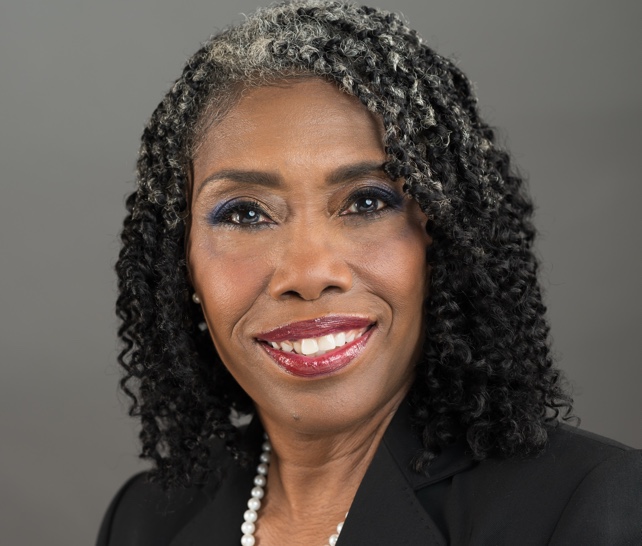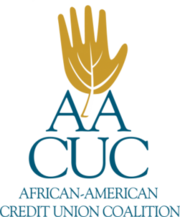“Leadership starts at the top.” That is a common phrase that we have all heard before, right? It is a motivational, digestible, and relatable saying. It empowers employees to hold leadership accountable and it also highlights executives’ ability to spark meaningful change. It is a common phrase that resonates across pay scales and jumps across cultural lines. That is why we use it so much.
But do we embody this phrase when it comes to diversity, equity, and inclusion (DEI)? Has this platitude lost its meaning within the bounds of culture change?
If we look at the board rooms and C-suite management in the credit union movement, then the answer should be clear. Credit unions have a diversity problem at the leadership level.
How can we say that DEI is a top priority when our leadership – which starts at the top – demonstrates otherwise? Why do we adorn our corporate messaging with phrases like this without holding up our end of the bargain?
The problem of diversity at the leadership level is deep rooted. I feel that we often forget that our “people helping people” movement was established during a time when women couldn’t vote, segregation was lawful, people of color were denied basic human rights, the LGBTQ community was not tolerated and the Great Depression forced unemployment for blue-collar workers.
Since then, times have changed – and drastically so.
America’s population is multicultural, and each generation is becoming more racially diverse than the last. According to 2019 data from the U.S. Census Bureau, for the first time, more than half of the nation’s population under age 16 identified as a racial or ethnic minority.
If the nation is changing, then we must assess how we will change with it. We must ask ourselves difficult questions we may already know - or do not want to know - the answer to. If DEI is a top priority, then we must accept that the diversification of the country has accelerated the need for a commitment to cultural change.
And that change starts at the top.
Let me pose a few questions. Not to be facetious but to be serious about a problem that threatens the longevity of the credit union movement.
- What percentage of your leadership represents working women and mothers?
- How many Millennial employees are given a seat at your board room table?
- Who is representing people of color on the board and at the C-suite level?
- When is the last time you hired an executive level leader who once struggled financially?
If the answer to these questions does not align with your organization’s appetite for DEI, then you may have a diversity problem at the leadership level.
Authentic leadership starts at the top.
Without diverse representation at the top level, everything that flows down from leadership will remain where it always has been. There will be no real impetus for change.
Be encouraged to know that we are not walking alone on the road of DEI. Organizations across America are having important conversations about diversity. Nasdaq, for example, will ask the S.E.C. for permission to adopt a new requirement for companies listed on its main U.S. stock exchange to have at least one woman and one diverse director – and to report data on board diversity.
The lack of information nor an inadequate talent pool cannot be an excuse. If we want to be a forward-thinking, future-driven, and culturally-relevant industry it is imperative that we align with our evolving new reality.
We must act quickly and commit to meaningful change. A change that starts at the top.
I will leave you with this quote:
“A genuine leader is not a searcher for consensus, but a molder of consensus.” – Rev. Dr. Martin Luther King, Jr.








